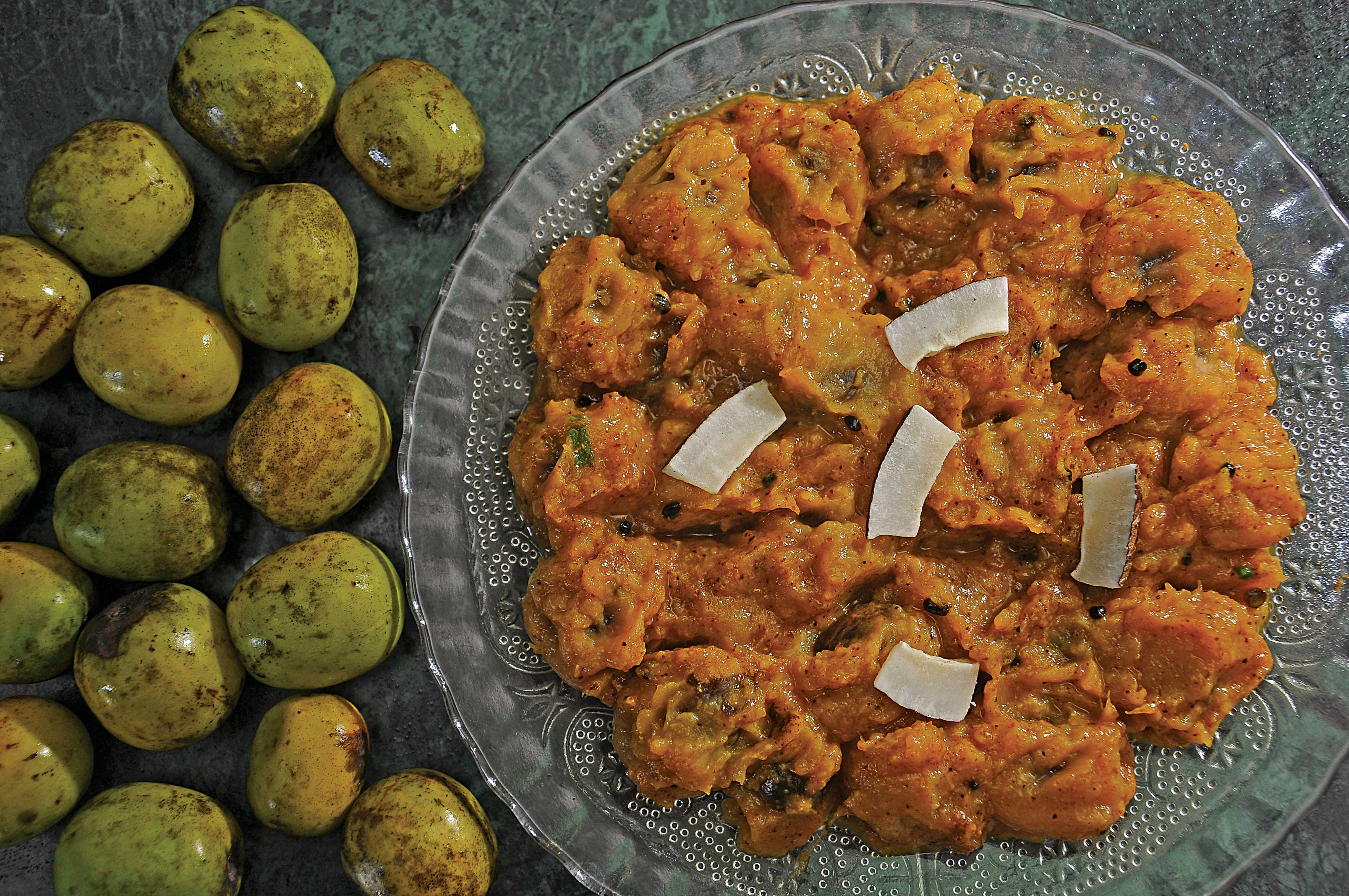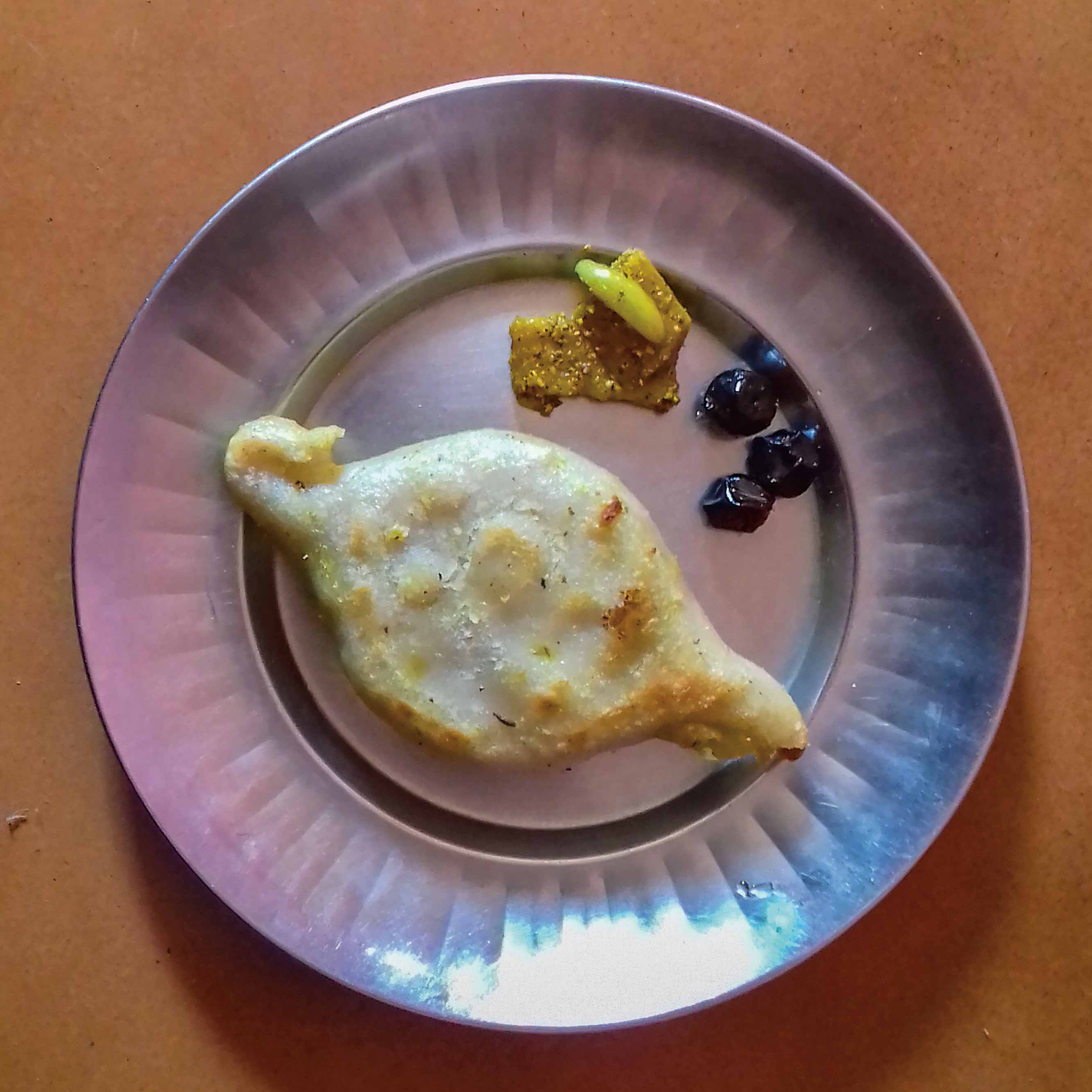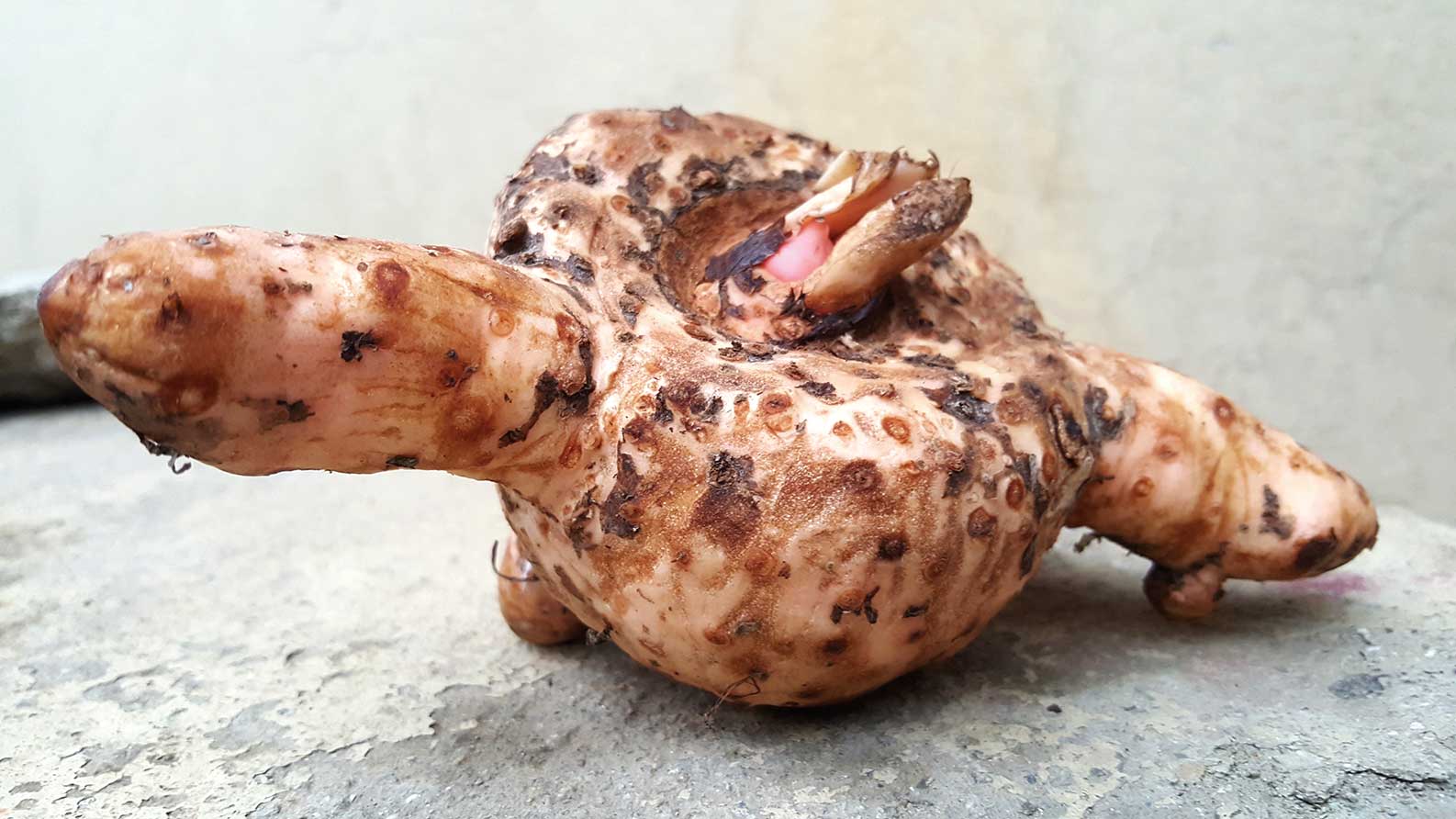
Being assigned to check out AchaarGhar—‘pickled sauce house’ in English—excited me, as it had been on my radar for some time. After living in Kathmandu for a couple of years as an ‘expat’, one is recommended many different niche restaurants by locals and other foreigners, who have spent time and money scouring for uniqueness amongst hegemonic menus.
The restaurant itself stands humbly in the back streets of Jawalakhel and is managed by KratuPandey, who receives the prime products from a growing industrial kitchen in Dhobi Ghat, which is managed by his mother-in-law, HajuriBista, who has decades of experience in refining and crafting her original and age-old inspired recipes.
As its name suggests, AchaarGhar is home to a range of styles of achaar, 10 served in-house with matching dishes, and 19 varieties that are branded and sold on the market as Kitchen Recipe ‘Authentic Nepali Taste’, which have been growing in popularity and are stocked at local supermarkets. They’ve also been a popular checked-in luggage item for Nepalis heading abroad, who want to take along a little quality taste from home.
I was greeted and seated on an intimate second-story deck to interview an eager Mr. Pandey, who was extremely excited to open and start explaining his menu; his pride and joy. The menu was full of unique alterations on traditional Indian and Nepali cuisines, with the novel Goat and Potato Chop, a mix deep fried in batter, and complemented by their refined masala sauce, proving to be a smash hit for many local diners. Selections were not few on the menu, but I opted for something simple and difficult to have people rave about; a Thakali set with a side of fish soup. And, this writer will rave about it; I would seriously recommend checking this place out if you’re in the area and have 500 rupees spare.
The sauces were all distinctively different, and I became properly acquainted with them over a few starter courses. The marinated chicken very sparingly dipped in the fiery Akabare sauce was an absolute treat, and their vegetable pakodas, an outstanding specimen when mixed with the lapsi pickle. They were something I will try and recreate at my family Christmas dinner table, where we often bring our ‘best of’s’ and favorites.
The concept of a Nepalese flavor, in form of a sauce, conceptually encompassing all areas of this diverse country, is difficult, but one that HajuriKhadyaUdhyog has carefully curated. “It’s important to celebrate the wide plethora of ingredients that are distinctively part of this country, and that’s why we have managed to make products that have these diverse elements and celebrates our country,” said Mr. Pandey.
Ingredients are sourced from different parts of Nepal; from the remote west, Jumla, for the incredible jimbu, to eastern Ilam for even more special condiments. Having such diversely sourced ingredients is key to the products’ uniqueness. Besides, they help in stepping Nepalese dining up to a level matching boutique products. Battling cheaper Indian sauces that don’t quite have the same make up has been a challenge for HajuriBista and the Kitchen Recipe brand, but one that they are managing to resolve as a quality-over-quantity product that has a taste that speaks for itself.
The relatively new diversely sourced ingredients with base ideas of old classic recipes are tried and tested, as often the ingredients haven’t been used together before, and need to be particularly compatible before they are sold in-house or in the market. The process of refining how they mix with one another is something that Mr. Pandey leaves in the responsible hands of the head chef, his mother-in-law, to curate, trial, curate again, master, and jar.
There are very strict formalities regarding who is in charge of the cooking itself; only two women qualify for the position of overseeing the process under the careful eyes of the head chef, Hajuri, and the rest of the 19-woman team are hired for prep, plus seasonally adding workers on board based on demand.
As the mango season is coming up, they are currently undertaking a series of trial batches on their mango variations of the flavor, and strictly will not sell them until they are perfect.
Impressively, the company is still in a phase where there are no machines, no strict measurements used; each sauce is all down to Hajuri’s taste and feel.
Below are some of the basic breakdowns of their bestselling achaars:
Lapsi
First, the lapsi fruit is procured from the Terai (over ripe fruits are discarded). They are cleaned, boiled to peel, and then mixed with oil, sugar, spices, chili, and jimbu. Simmered for 15 minutes, as the aromas meld into one another to Hajuri’s taste. The whole fruit is used for making the aachar’s taste itself, and it is boiled and stirred while adding spices (cumin, coriander, nutmeg, jimbu, red chili, timmur (Nepali Sichuan pepper), and more. The skin is removed and dried for a souring agent, and the pulp is used for candy (alaichi and sugar for the mild, hot one has salts, chili, and a little bit of sugar)
Akabare
Akabarechilis are sourced organically (as often as the seasons allow), they are mostly reds, occasionally greens are added for extra kick. The base secret mixed spices are cooked in mustard and soybean oil. (Salt water brine is used sparingly to preserve the product over the off-season). The cleaned chilis are later added and simmered to taste. Unique one-of-a-kind sauce, usually eaten raw with basic foods, it comes to life in a fiery passion as an impressive condiment that leaves a satisfying after taste.
Masala
Using fifteen types of masala from all around Nepal, a base five spices are cooked on their own in lemon juice. Afterwards, oil, jimbu, and aniseeds—tempering ingredients—are mixed in. Again added with oil, ten stronger masalas are added as a second round. Stirred thoroughly until all is melded, tempering materials are added again, and lemon is also added at the end for flavor and zest that pops. It is based on a three-generation-old recipe.











